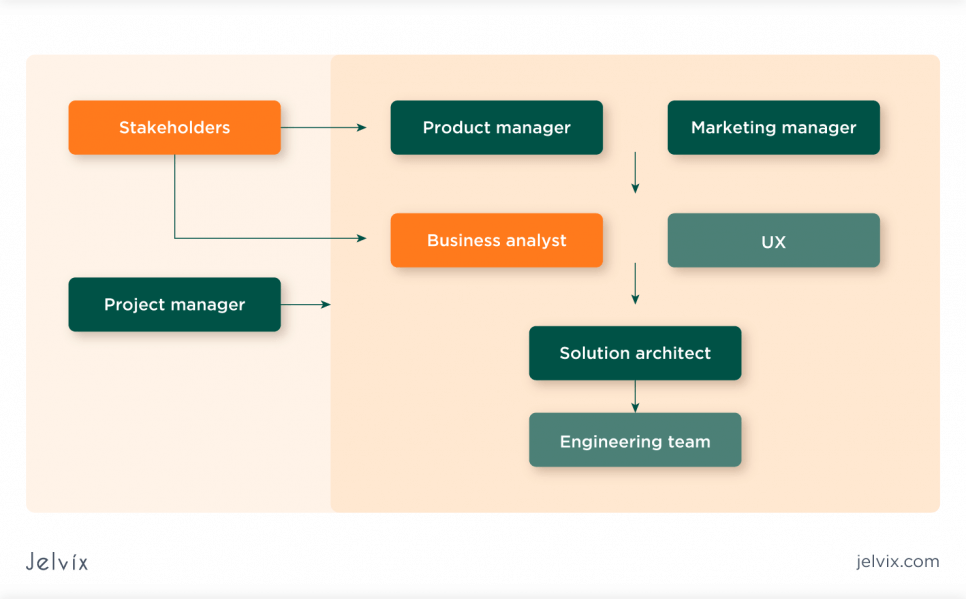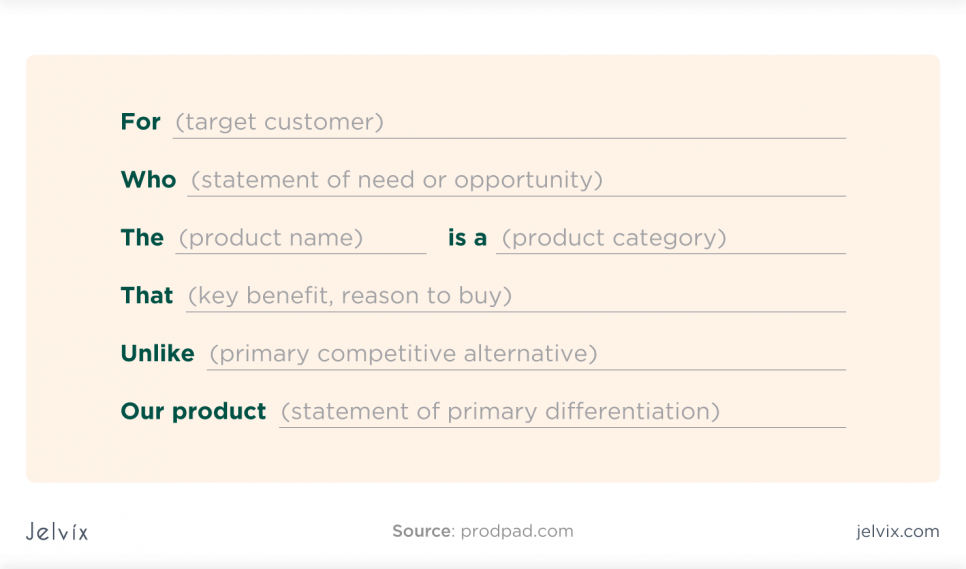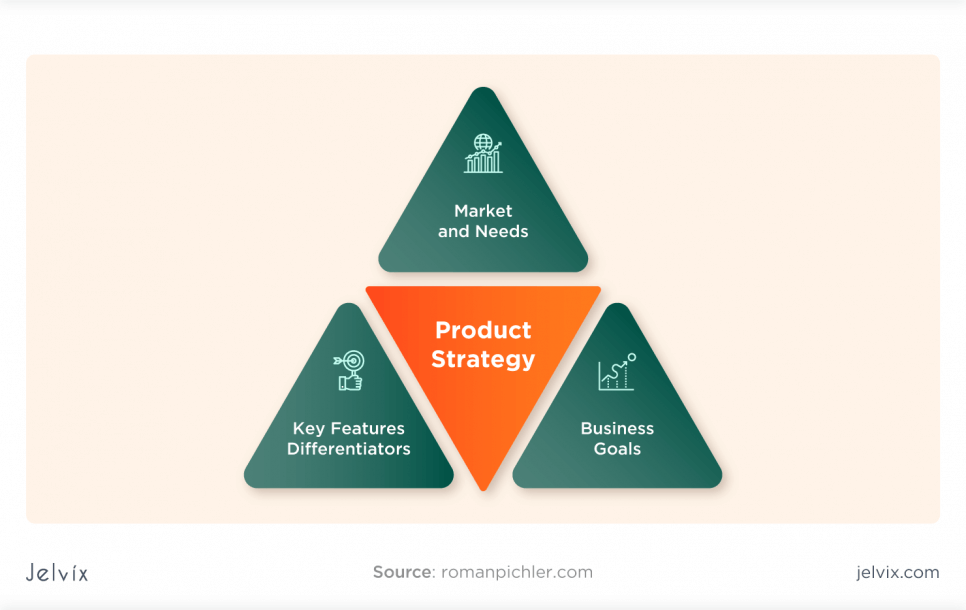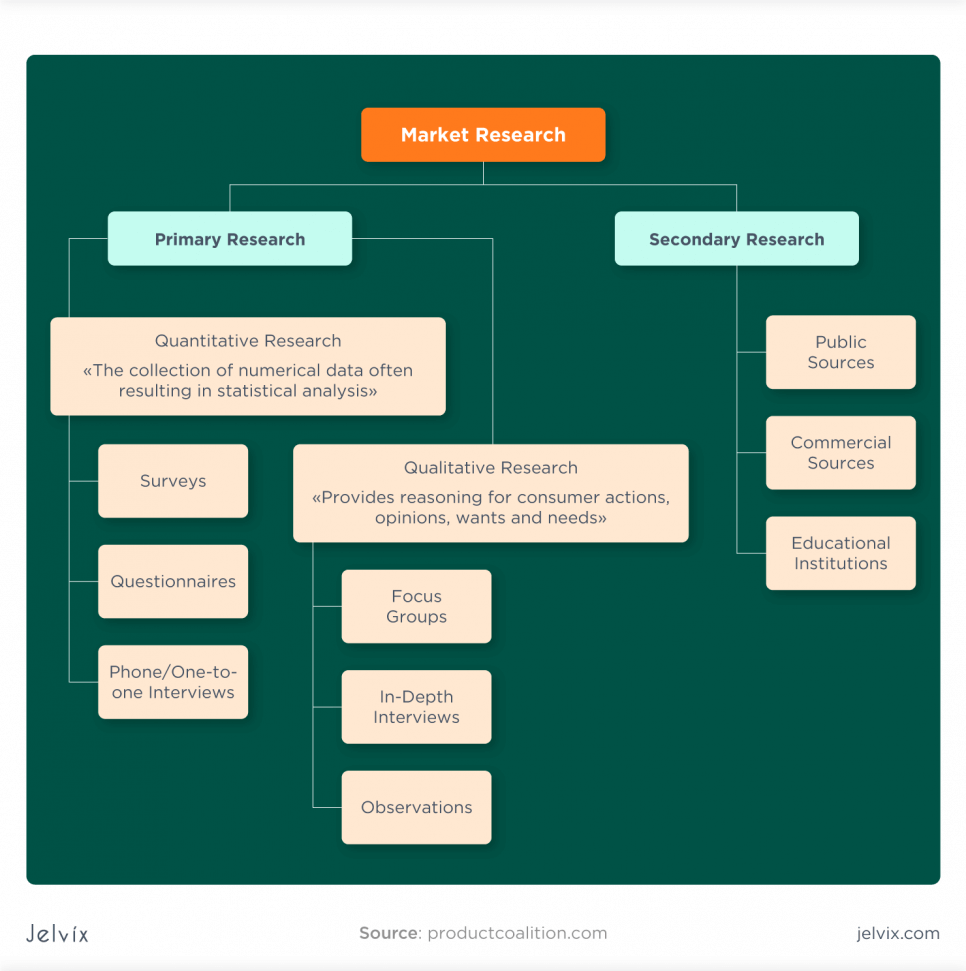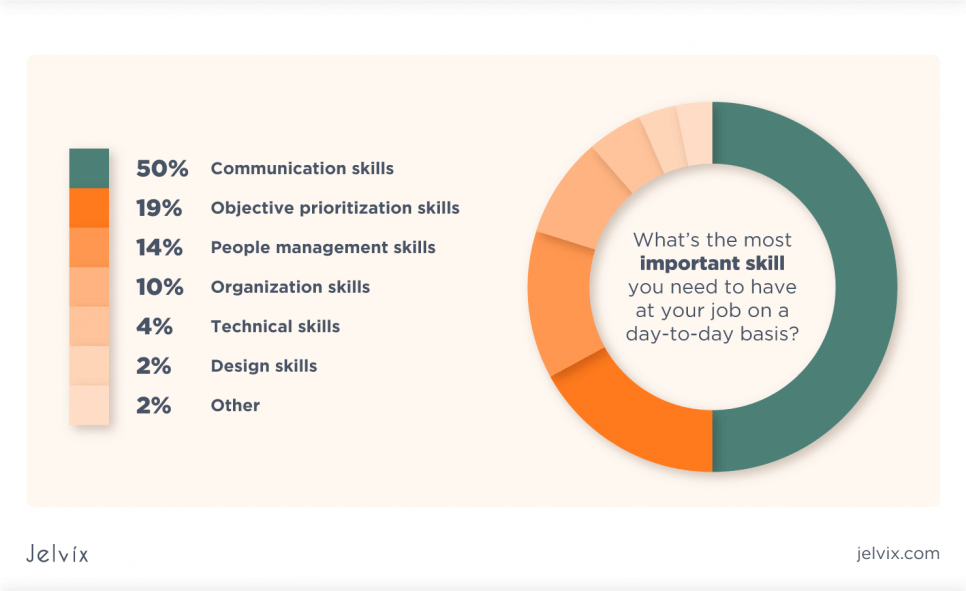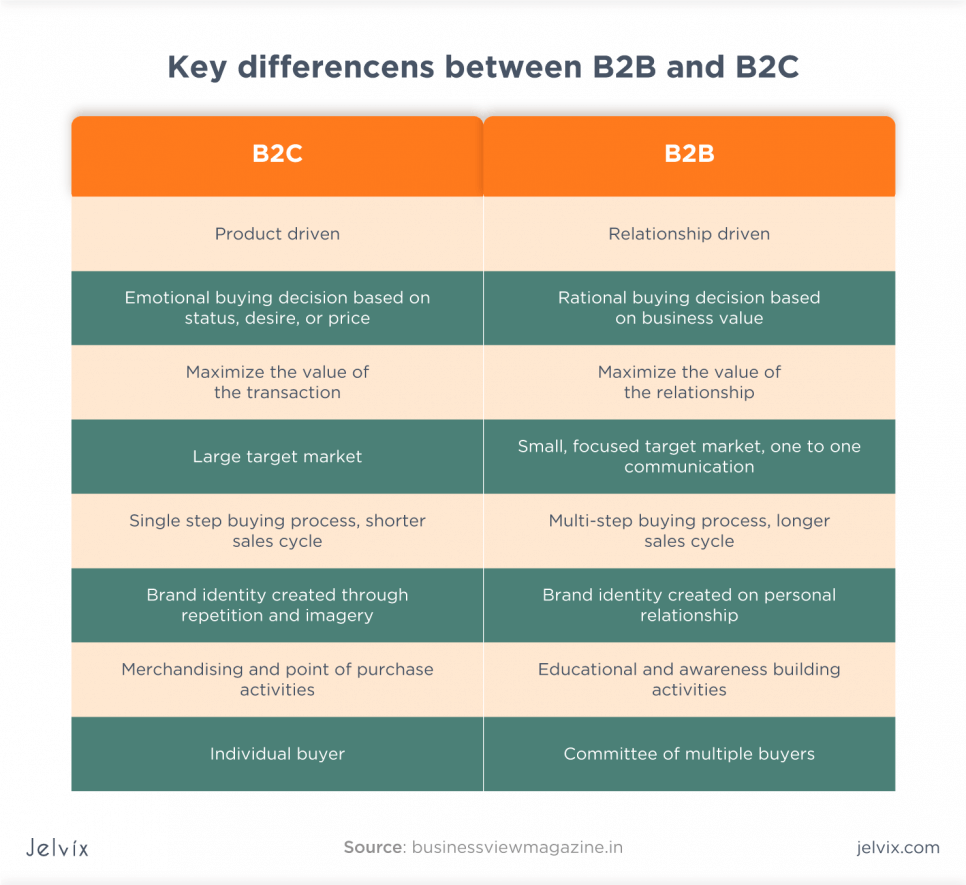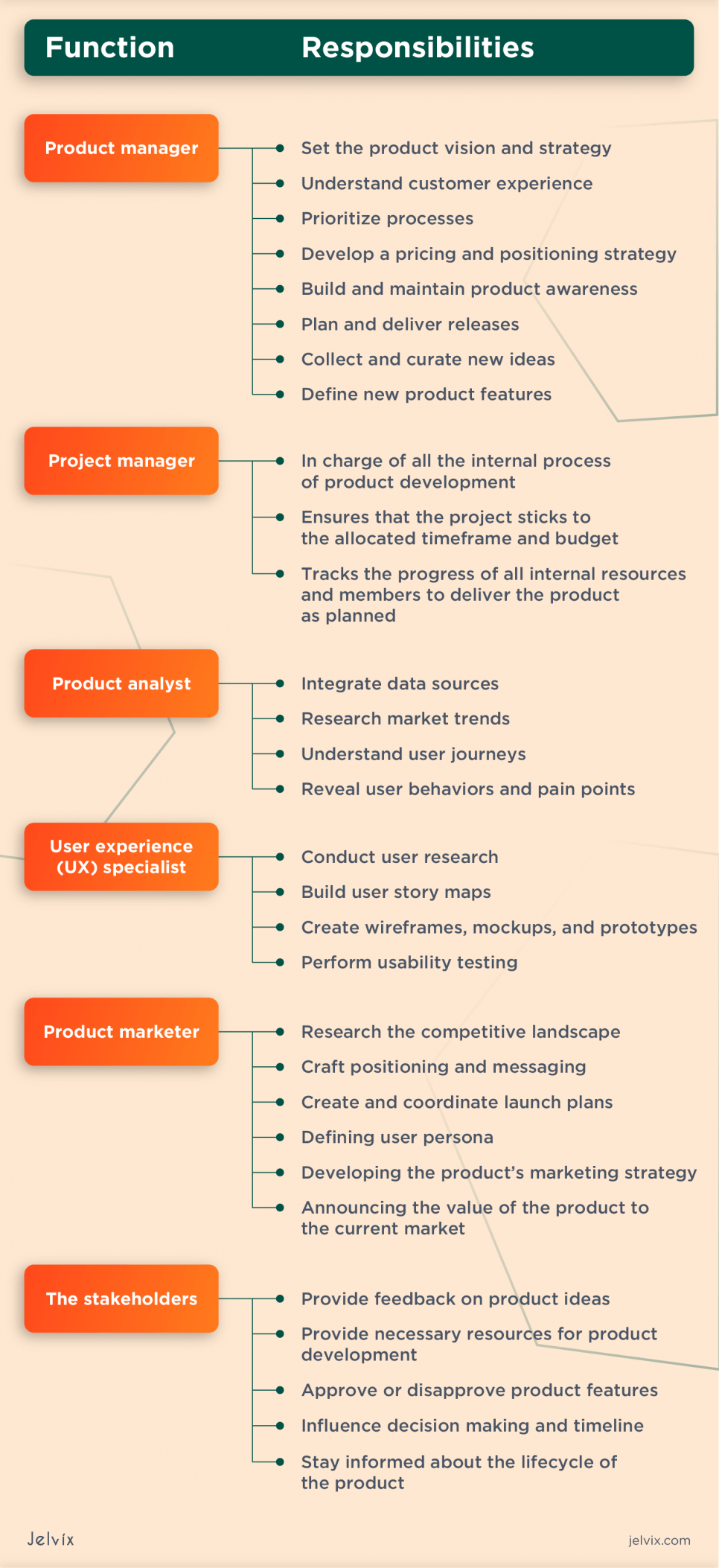The ideal definition of product management still provides an avenue for debate, even for experienced business people. The main reason behind this is that product management is a field that encompasses a wide area of responsibilities.
As this function remains misunderstood in most companies, it would be prudent to note that different teams and organizations handle product management processes differently. But why is this the case? Through this post, you’ll come to see that most of these companies lack a formal guiding structure where proper product management is involved.
After considering most of the answers put forward regarding what product management is, the most concise would be: product management is the process of strategically driving the development, launch, and continued support towards a company’s products.
Of course, that is just but an abstract explanation of what product management entails. This post seeks to explain what product management is all about in detail, the stages and the roles of the various key players involved, the best product management tools in the market, and much more.
What is Product Management?
Product management is a crucial strategic driver in a company. It is one of the factors that come into play and greatly determines whether a product (or the company in general) succeeds, both in the short and long term.
In layman’s terms, product management is a branch of management that deals with product planning, forecasting its development, and extensive marketing research to set up customers’ thriving base.
Generally, product managers are in charge of building the entire strategy to deliver the best products to the market. They are trained to handle all the challenges and milestones, representing guidelines for making new plans and decisions.
In essence, product management is the only role in an organization that encompasses all aspects of a business ‒ from customers, market, competition, trends to business models and strategies to follow. As such, product management is a vital consideration for any company.
The Main Objectives of Product Management
Understanding the roles and stages involved in product management would help to uncover its main objectives, which include:
1. Creating Benefits for Everyone
Before launching a product, product managers often ensure to be the first who hear the customer’s pain points and come up with an end product that meets the market demands. Other than that, the process ensures alignment with the organization’s values while still according to its profits.
As the customers continue enjoying the benefits of excellent treatment and experience, a win-win relationship is built as the product management teams continually develop great and quality end products.
2. Creating New Products with a Return-on-Innovation Investment
According to Investopedia, return on innovation investment is a real measure used to determine how well a company performs as it dives into the possibilities of incorporating new products and services.
Comparing the effectiveness of a particular product on the market can help us see how we have gained or lost profit margins. This is an important consideration that prepares us to manage everything right whenever a new product is set in motion.
3. Making a Competitive Analysis
One unique way that most businesses understand and curate plans and strategies is by gathering information and metrics from their competition. The current market is quite competitive, and such stiff competition might make it easy for you to drift away from the right track or strategy and stay left behind.
That is why you should first assess the market to be able to build a foolproof strategy. Once you conduct such market research, you are in a position to get the answers to common questions that arise, such as:
- How does the competition market their products?
- What is the best audience to target?
- What’s the language used by the competition that best resonates with the target market?
- What resources has the competition used to achieve the final results?
- How do the competitors present themselves to prospects?
- Do they have any action plan you can borrow?
Responsibilities of Key Players in Product Management
Every product management team has several players who oversee the entire process. In most cases, there are three main players: product, project, and product marketing managers.
However, some organizations will require additional talents such as a business analyst, user experience specialist, an engineering team, a solution architect, and stakeholders.
Stakeholders are a group of people interested in the final product and involved in the decision-making process. These people have a significant influence on the entire product management and development processes. In most cases, the stakeholders comprise investors, clients, users of the product, or all of them combined. The table below summarizes the roles and responsibilities of some of the key players in product management.
The Stages of Product Management
The actions involved in product management cascade from a strategic point of view to a tactical one. All stages have specific key players, but the product manager is the one running the show at the end of it all.
Although the whole process requires numerous resources, including talent and finances, it can be best understood when categorized into these four main stages:
- The Conceptual Phase
- Strategy Development
- Execution and Testing
- Marketing and Sales
All these stages may include both inbound and outbound strategies. While the product manager doesn’t have to perform all the activities, they are still in charge and supervise their implementation.
Inbound strategies are mainly focused on the development of the product. Some of the activities involved include:
- Vision Setting
- Product Planning & Strategizing
- Product Development
- Product Testing
- Product Launch
Outward activities are majorly oriented towards the sales and marketing of a product. This includes anything from branding to sales and the collection of customer feedback. The key players here are the product marketer and product analyst, all under the product manager’s supervision and guidance.
Some of the activities involved in outward strategies are:
- Competitive Analysis
- Market Research
- In-house Branding
- Customer Experience
- Product Pricing
- Advertisements
- Sales and Distribution
- Sales Support
Learn more about the main stages of product development lifecycle to build a sustainable product
With such information in mind, let’s dive into the key stages involved in the product management process:
1. The Conceptual Phase
Having a clear vision is the first thing to be considered in the conceptual phase. It includes having a clear roadmap of the product you wish to develop and how it will address customers’ pain.
During the conceptual phase, you come across various sub-fields such as:
Generation and classification of ideas
The ideation process is the first thing that happens in product development and management strategies. The generation of ideas is dependent on various sources that ought to be exploited, such as:
- Cross-functional brainstorming sessions;
- Environmental scanning;
- Market research & segmentation;
- Suggestion boxes;
- Contests, etc.
Once the ideas are received, they should be classified into clusters depending on the concept itself. They can be classified as new products, new product features, product enhancement, and many more.
Such classifications exist to make it easier and more apparent which ideas ought to be given top priority. For instance, if a generated idea stands for legal purposes, it might be classified as ‘high priority,’ even though it might not be an income generator.
Evaluation of ideas
The evaluation of ideas is carried out in review sessions and headed by the product manager. Each idea goes through a thorough review process, with a critical focus on the following functional areas:
- Development;
- Strategic planning or finance;
- Marketing;
- Product management.
At this stage, an opportunity statement is to be made to accurately describe the product’s ideal characteristics and ascertain the value it brings to the consumer.
When developing the vision in the conceptual phase, the product manager sets the product’s goals while also defining the specifications. A well-specified vision must answer questions such as:
- What is the user-persona for the product?
- What are the pain points that the product will solve?
- How do you measure the success of the product?
Understanding this concept was made easier by Geoffrey Moore in his book Crossing the Chasm. The author came up with a template that would be useful to today’s product managers when envisioning their product vision.
According to Moore, product managers ought to keep the vision short. As he puts it, “If one cannot test the product vision with an elevator pitch, then it is not ready yet.”
2. Strategy Development
A vision helps identify and define the goals for the product, but having a clear strategy ensures that you have a way to achieve them while setting the key milestones. The team that works on the product gets a clearer and much realistic plan.
The strategy development phase encompasses the key features of the product, its users, the issues it seeks to provide solutions for, and the key performance indicators (KPIs) that it must meet.
Strategy development begins with market research, which collects information regarding the current state of the market. One has to study the existing consumers and potential customers, focusing on their spending habits and attitudes towards similar products.
Market research can either be conducted by a company, referred to as ‘primary research,’ or taken from an external source, also known as ‘secondary research.’
Secondary data can be found in already published or publicly available sources such as journals, databases, etc.
Primary research can either be qualitative or quantitative. Qualitative research mainly focuses on defining the problems and issues at hand. The product manager must incorporate group surveys, focus groups, and personal interviews to achieve this.
On the other hand, quantitative research is mainly based on statistical analysis. It allows the project manager to gather more information by reaching out to a larger audience.
3. Execution and Testing
During this phase, the product team begins working on the product itself. The team either builds a new concept or adds features to an existing product. The main stages of this phase include product development, testing, and the application of feedback.
Product development
Product development begins with defining all technical specifications, coming up with a mockup design, and making the prototypes. The UX team does much of the work here, but the product manager may develop the technical specifications.
Testing
Before a product is set out for use by the general public, it must first undergo testing phases. Apart from conducting internal testing, one other core role of a product manager is defining the minimum viable product (MVP) and ensure that it serves its purpose.
Once the minimum viable product (MVP) gets released, the product manager (together with the relevant people) sets up a definitive feedback collection system. They receive product feedback and alter it per the user-based input.
4. Marketing and Sales
Once the product is finalized and user-feedback has been considered, it is time to enter the market. At this stage, the product marketer plays a key role in developing an effective launch and marketing plan. Throughout the entire plan, the product manager has to develop a strategy that seeks to track the growth of the particular product in the market based on the revenue accrued and the return on investment (ROI).
Sales and marketing is an ongoing process, as the in-charges will have to continually analyze their success based on the volume of sales made, the level of customer satisfaction, and feedback.
How to Become a Product Manager
Being a product manager doesn’t necessarily mean that one must have a degree in product management. In most cases, it might be someone with experience in software engineering, design, or even marketing. There is no single career path that one has to follow to become a product manager. Besides, you can’t enroll in a product management course.
The main point of focus here is the domain knowledge that one possesses, and not the experience per se ‒ the more you know about a particular product, market, and its customers, the better chances you have at leading the product to success. Such individuals often learn by following the paths of those that come before them.
Those that have been in the profession longer will most definitely have plenty of lessons to offer to newcomers. Being a product manager is more about having the right skills to do the job better than others.
To become a successful product manager, one must showcase and possess several skills. Some of them include:
Effective communication
Effective communication skills take the lead as the essential skills required to become a successful product manager.
For starters, the product manager must know how to work and communicate with the stakeholders to understand all their needs and goals. Furthermore, a good product manager needs to develop quality relations and showcase customer empathy.
There are different communication skills that one should have to become a product manager. Writing, listening, and peaking skills are a must throughout the entire process. Apart from using traditional means of communication, most business leaders are now turning into audio formats, such as podcasting.
It is easy to start hosting your podcast as you will have full control of your resources and seamlessly communicate with your team, customers, and even stakeholders.
Technical skills
Although there isn’t a specific career roadmap that prepares one to become a product manager, they must be conversant with the fundamentals meaningful for a particular product. They should be knowledgeable enough to use their products while relating to how the customers would receive them.
No rule demands that product managers know how to code or run SQL queries on a particular database. While these might sound like practical skills, they are unnecessary as they might not be forced to do these tasks daily. In fact, some organizations would instead hire someone specifically for that role.
Business savvy
Although product managers may not carry full responsibility for the product’s revenue, they are integral in ensuring that it is strategically and financially successful. They are vital to understanding the market needs and using the same knowledge to formulate the product’s vision and goals. Once that’s done, the product manager should have good leadership qualities, as they will be heading a larger team that’ll see the product become a best-seller.
B2B vs. B2C Product Management
While there is a vast difference between B2B and B2C product management, there is definitely plenty in common. In B2C, your users are generally your buyers (you’re serving a single persona).
For B2B, the person with the purchasing power may not be directly related to the one that uses the product on a day-to-day basis. Once you identify the persona you’re targeting, one can spend more time tailoring the product and finding ways to pitch to each one of them.
The table below shows some of the main differences between B2B and B2C product management.
Regardless of the number of differences, one can see there’s no reason to say that the same skills can’t be transposed from one market to another, especially if there are proper expectations in place. This is precisely why product managers shouldn’t pigeonhole themselves into only one category.
Best Product Management Tools
A product manager’s role goes beyond just gathering insights, reviewing the product roadmap, tracking the backlog, etc. Whether you’re a newbie or a seasoned product manager, you’ll need proper tools that’ll help you achieve all your goals.
The following is a list of product management tools that you will need to succeed in your role as a product manager:
- User tracking and analysis tools such as Amplitude;
- Roadmapping tools such as ProductPlan;
- Customer survey tools such as SurveyMonkey;
- Recording apps for customer interviews such as Zoom;
- Industry analysis accounts such as Gartner;
- Team messaging tools such as Slack;
- Presentation software such as Keynote;
- Project management tools such as Trello;
- Session replay and heatmap tools such as Hotjar;
- Idea-capture and collaboration tools such as Evernote.
Conclusion
According to a Nielsen Group study, over 30,000 new products are launched every year, and up to 85% of them fail. While many reasons might result in their failure, one of the most common ones is that the product isn’t yet thoroughly made for the market.
Overlooking a particular aspect of product development and management is a surefire mistake that can lead to financial losses. Luckily, with proper product management, from the planning phase, the creation stage, sales & marketing, and continued monitoring, there’s an increase in the chances of survival and succeeding in the market.
Lidia S. Hovhan is part of the Content and Marketing team at OmnicoreAgency. She contributes articles about how to integrate digital marketing strategy with traditional marketing to help business owners to meet their online goals. You can find really professional insights in her writings.
Need a qualified team?
Unlock new business opportunities with the first-rate dedicated development team.


